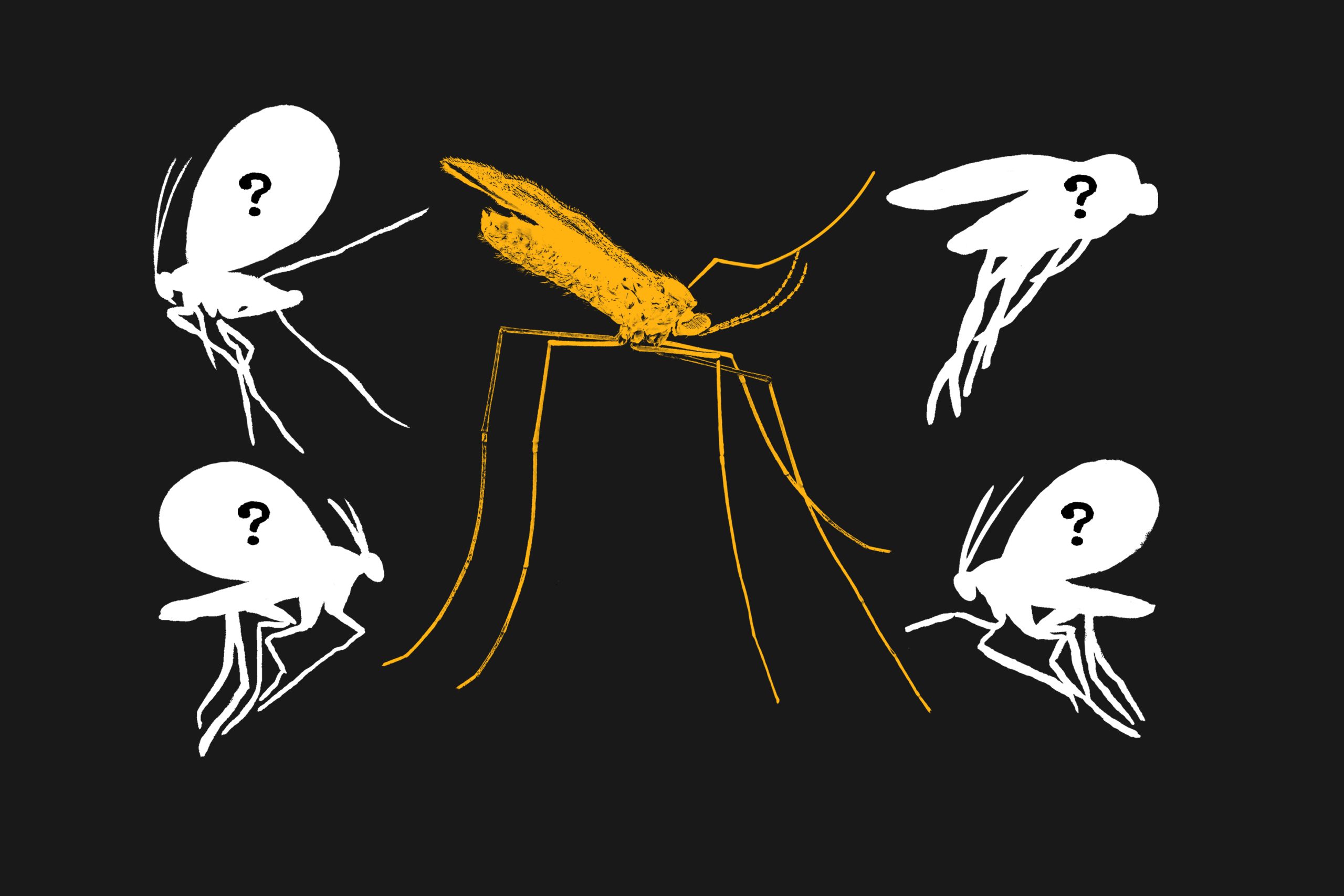Earth’s Biodiversity: A Vast, Unexplored Frontier
The assumption that Earth is a well-explored planet is a comforting illusion. While humankind has reached the highest peaks, plumbed the deepest trenches, and traversed the polar extremes, documenting a rich tapestry of known life, the reality is far more astonishing. The vast majority of Earth’s biodiversity remains shrouded in mystery. Scientists now estimate that for every species identified, at least nine more remain undiscovered or unidentified. This translates to a staggering 90 percent of life on Earth still unknown to science.
This isn’t about the obvious – the majestic black bears, the graceful belugas, or the iconic bald eagles. These creatures, while still fascinating subjects of study, are relatively well-documented. The unknown encompasses the microscopic world: the myriad insects, mites, and crustaceans that form the intricate web of life supporting larger ecosystems. These tiny organisms, often overlooked, play crucial roles in everything from nutrient cycling to pollination, making their undiscovered numbers a significant gap in our understanding of the planet.
The Challenge of Discovery: Hidden Habitats and Unseen Species
The sheer scale of this undiscovered biodiversity presents a monumental challenge to scientists. Many of these unknown species inhabit remote or inaccessible environments, from the deepest ocean trenches to the dense canopies of rainforests. Technological advancements, such as advanced imaging techniques and DNA sequencing, are revolutionizing the search, allowing researchers to identify organisms previously invisible to the naked eye or impossible to classify through traditional methods.
Furthermore, the very definition of a “species” can be complex and debated. The criteria for classifying organisms are constantly evolving as our understanding of genetics and evolutionary relationships improves. This adds another layer of complexity to accurately assessing the total number of species on Earth.
Implications for Conservation and the Future
The implications of this vast unknown are profound. Our incomplete knowledge of Earth’s biodiversity significantly hinders conservation efforts. Without knowing what exists, how can we effectively protect it? The discovery of new species could lead to breakthroughs in medicine, agriculture, and other fields. Understanding the intricate relationships within ecosystems, including the roles of the largely unknown microscopic life, is essential for predicting and mitigating the impacts of climate change and environmental degradation.
Conclusion: A Call for Exploration and Preservation
The search for Earth’s hidden biodiversity is far from over. It represents a thrilling frontier of scientific exploration, with the potential to reshape our understanding of life on this planet. As we continue to uncover the vast diversity of life, the urgency to protect this irreplaceable heritage becomes even more critical. The more we discover, the more we realize how much more there is to learn and, crucially, to safeguard for future generations. The unknown 90 percent represents not just a scientific puzzle, but a responsibility – a call to action for exploration and preservation of the planet’s incredible biodiversity.
Based on materials: Vox





